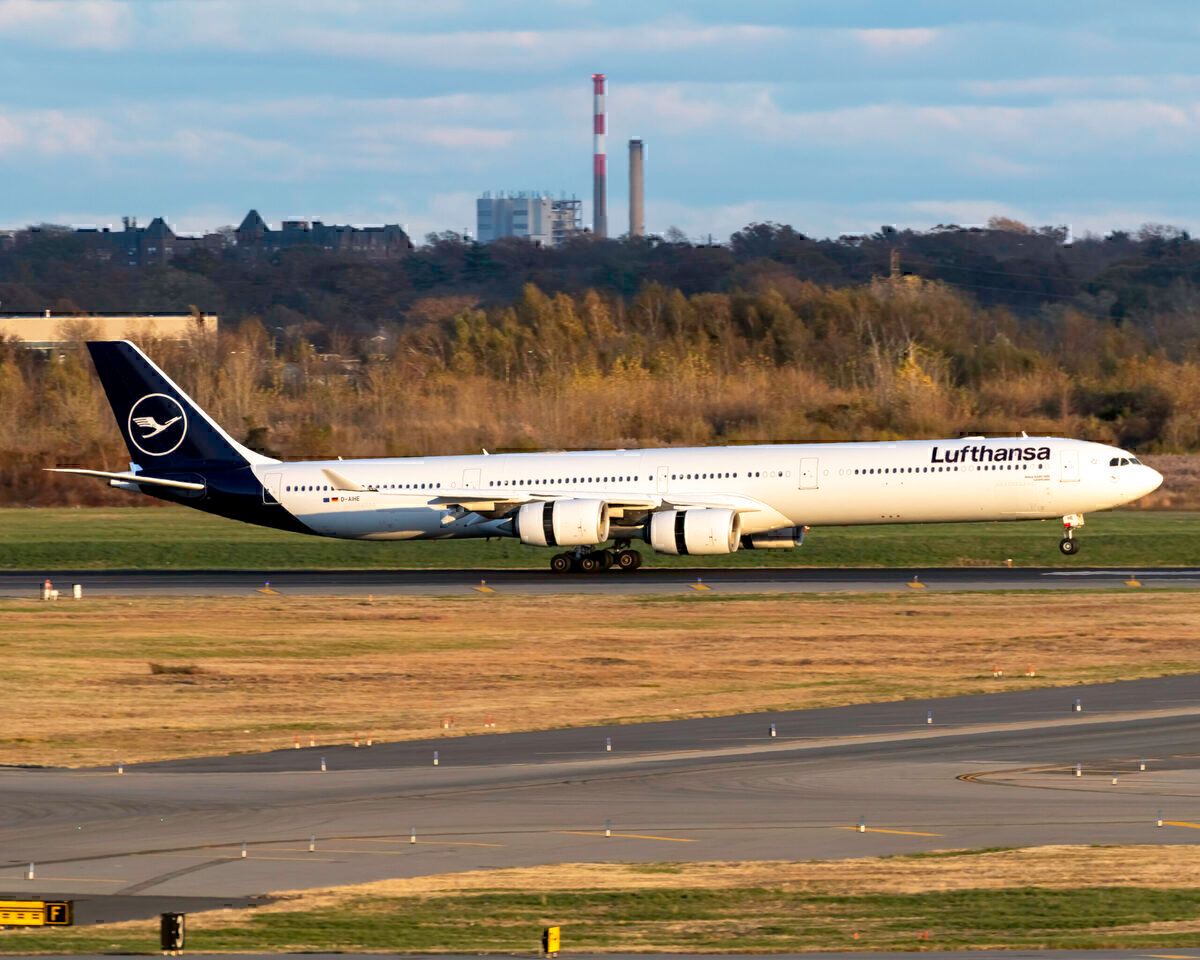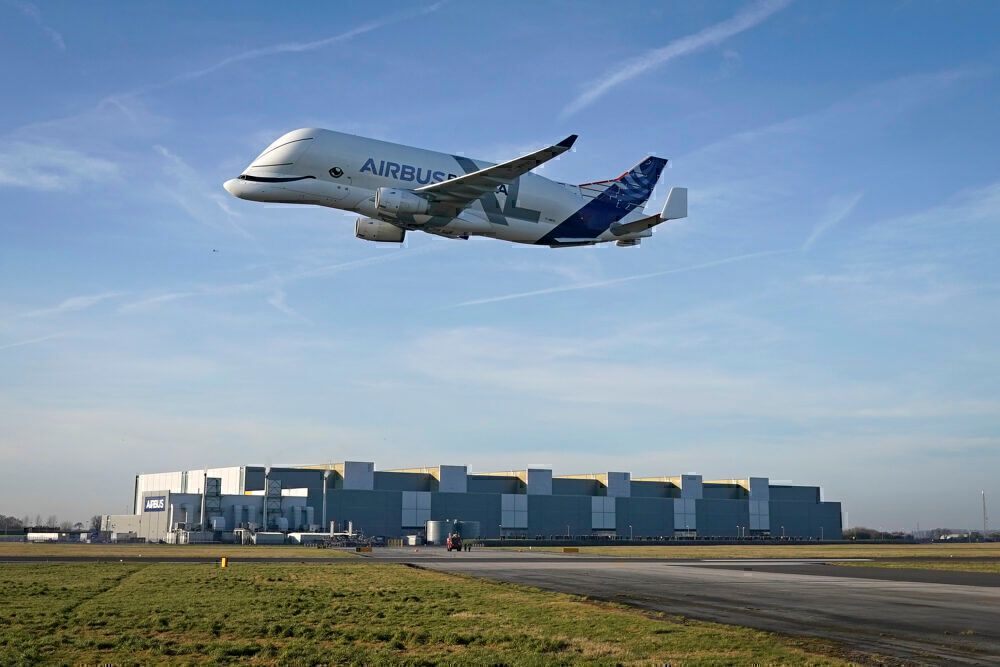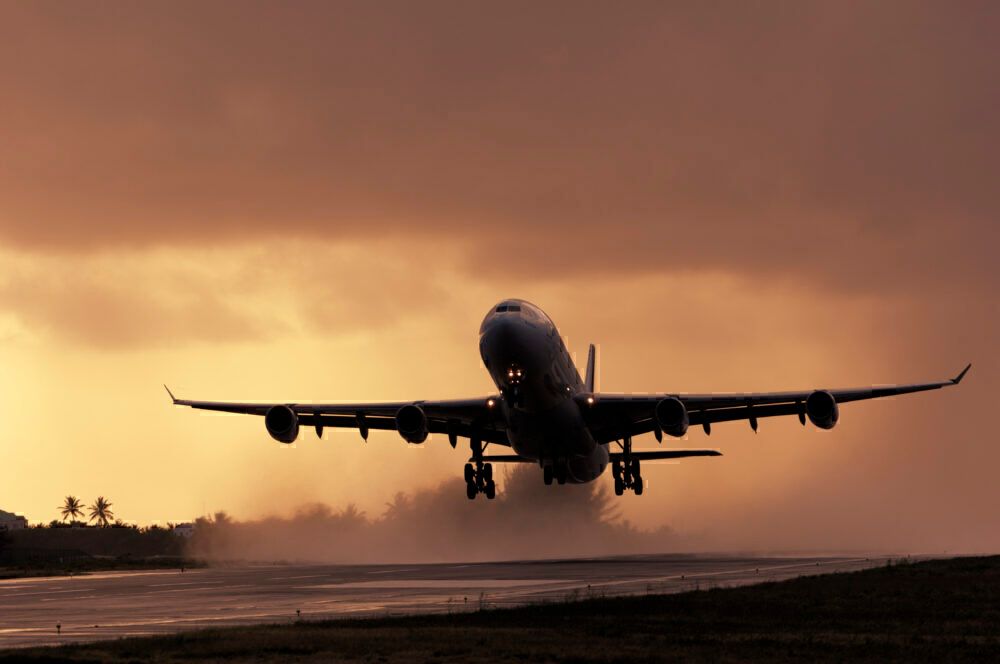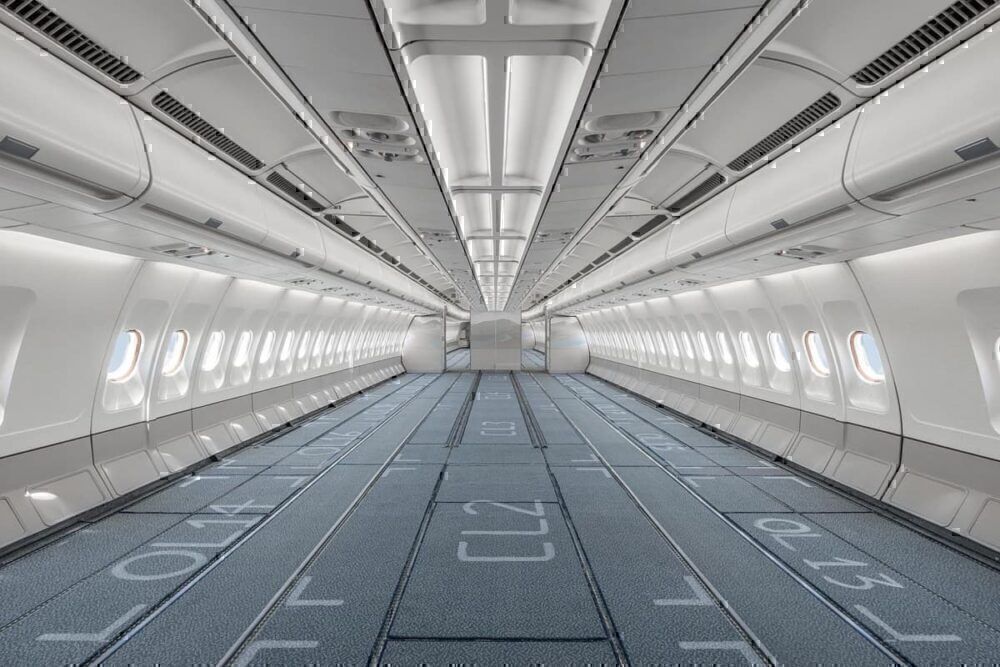The four-engine Airbus A340 was one of the most striking airliners of its generation. Between 1991 and 2011, nearly 400 examples of this long-haul widebody jet were built, spread across four variants. However, all four of these were dedicated passenger-carrying versions of the aircraft. Airbus has produced cargo variants of several of its other designs, so why not the A340?
An established cargo aircraft manufacturer
Airbus has produced several freighter designs based on its existing portfolio of popular passenger aircraft. Among these are 38 examples of the A330-200F. While this only represents a small proportion compared to the number of passenger-specified A330-200s (645), it still shows that there is a market for the type.
Airbus has also produced cargo variants of its older A300 and A310 designs. The former of these also formed the basis for Airbus's legendary 'Beluga' outsize cargo aircraft. The European manufacturer has also, more recently, developed the BelugaXL, derived from the A330-200F.
Stay informed: Sign up for our daily and weekly aviation news digests.
Why not the A340?
So, given the relative success of its other cargo models, why not produce an A340 variant for this function? As Simple Flying explored last year in a comparison with the Boeing 777, a key issue with the A340 was its inefficiency. Being a four-engine aircraft, the extra two powerplants demand extra fuel.
This can see the type burn between 6,500 and 8,000 kg of fuel per hour. Meanwhile, the 777 burns between 6,080 and 7,500 kg per hour, depending on the variant. When you consider that a cargo-carrying A340 would be laden with a heavier load than just passengers and their baggage, this would only further worsen its efficiency.
One also has to consider market demand, or, rather, the lack thereof. Although the A330-200F is an established freighter, it only makes up a fraction of the more than 1,500 deliveries from this family. Meanwhile, the A340 proved far less popular than its two-engine counterpart, selling less than 400 examples. As such, investing in the development of a cargo variant which, based on these proportions, would have seen minimal demand, would have been a huge risk for Airbus.
Temporary use last year as a conversion
Although Airbus never produced a freight-specific version of the A340, circumstances last year forced airlines to show greater flexibility. Particularly at its peak, the coronavirus pandemic decimated passenger demand, while placing greater importance on airfreight. As such, in order to keep otherwise dormant aircraft and crew active, airlines began flying cargo in their A340s.
Portuguese wet lease specialist Hi Fly was one such airline to do so. The carrier stripped out three of its A340s for temporary use as converted 'preighters' (a portmanteau of 'passenger' and 'freighter'). It had already also done so with its A330 and A380 aircraft. Elsewhere in Europe, Air Belgium also got in on the act, with India's SpiceJet joining the party further afield.
As a well-known proverb states, "necessity is the mother of invention." Such sentiments can certainly be said to be true for the coronavirus-driven boom in preighter aircraft last year. While only a temporary fix, this drive showcased the admirable adaptability that keeps aviation ticking.
How do you think the Airbus A340 would have fared as a dedicated cargo aircraft? Have you ever flown on one as a passenger? Let us know your thoughts and experiences in the comments!




